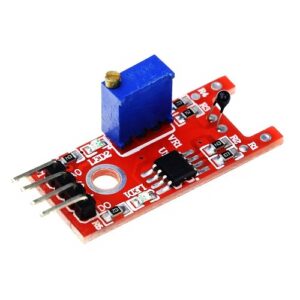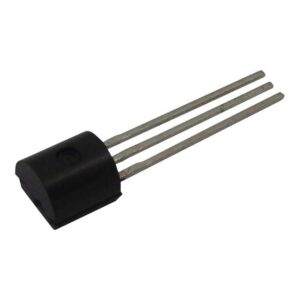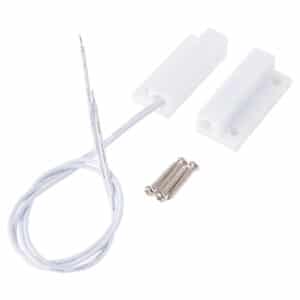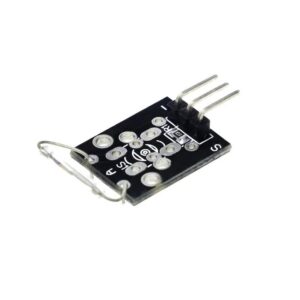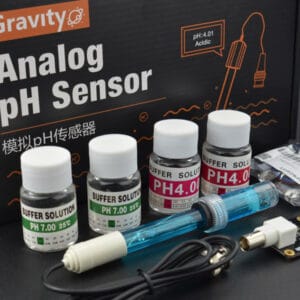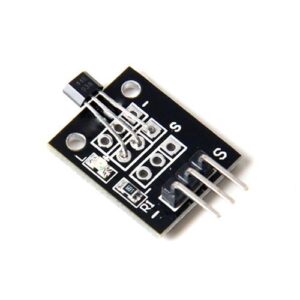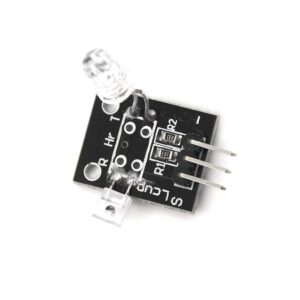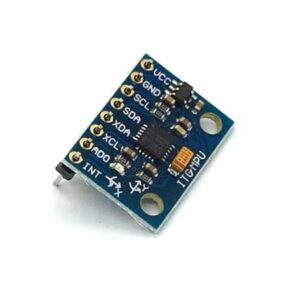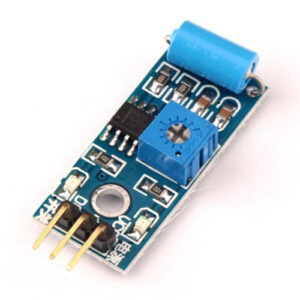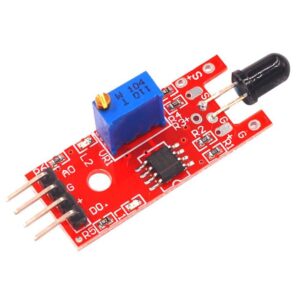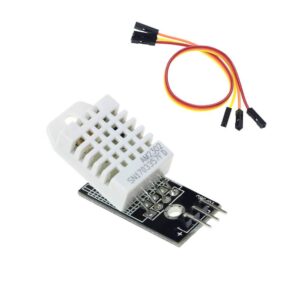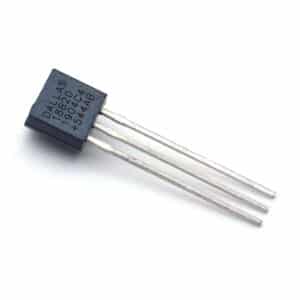Sensors
Result 49-60 is shown of the 122 results
-
Digital temperature module NTC
€2,44 /€2,02 excl. VAT -
LM35 temperature sensor
€2,20 /€1,82 excl. VAT -
Magnetic door / window sensor
€2,95 /€2,44 excl. VAT -
Dry Reed Pipe Module
€1,95 /€1,61 excl. VAT -
Gravity: Analog pH Sensor / Meter Kit V2
€42,96 /€35,50 excl. VAT -
Hall magnetic sensor module
€1,50 /€1,24 excl. VAT -
KY-039 Finger Detection Heart Rate sensor
€1,95 /€1,61 excl. VAT -
MPU-6050 3-axis accelerometer and gyroscope sensor (GY-521)
€4,45 /€3,68 excl. VAT -
Vibration sensor module SW-420
€2,25 /€1,86 excl. VAT -
Flame sensor module (infrared)
€2,44 /€2,02 excl. VAT -
DHT22 Temperature and humidity sensor
€5,95 /€4,92 excl. VAT -
DS18B20 digital temperature sensor
€2,25 /€1,86 excl. VAT
What are sensors?
Sensors are smart devices that measure an event or change in the environment. A sensor converts this into an electrical signal that can be read and calculated. To read the values you can, for example, use a Arduino, ESP of Raspberry Pi use. You can also use sensors to make a project autonomous. An example of this is a robot.
What types of sensors are there?
There are various types of sensors available, each of which can detect or measure something different. For example, a sensor can measure parameters such as light, speed, humidity or temperature. Here's what each sensor type can do:
- Temperature sensor: this measures and records the temperature. When the temperature rises above or below a set value, a device can be switched. For example, a heating or cooling installation.
- Motion sensor: this sensor registers a movement and can convert this into a signal that, for example, turns on the light or triggers an alarm.
- Light sensor: a light sensor measures the amount of light and is used to measure, for example, the intensity or difference in light. You can think of a flash on a photo camera, which switches on automatically when the amount of light is too low.
- Moisture sensor: this sensor measures the amount of moisture in a room. With this, for example, the bathroom ventilation can be switched on automatically.
Using sensors in projects
Are you curious about how a sensor works and how you can use it? In our Raspberry Pi Project: Weather station let's see how to make a weather station using a temperature and humidity sensor. Another example is us Arduino Project: DS18B20 Thermometer, where we're going to teach you how to make a thermometer using an Arduino and a temperature sensor. The possibilities with sensors are endless.

